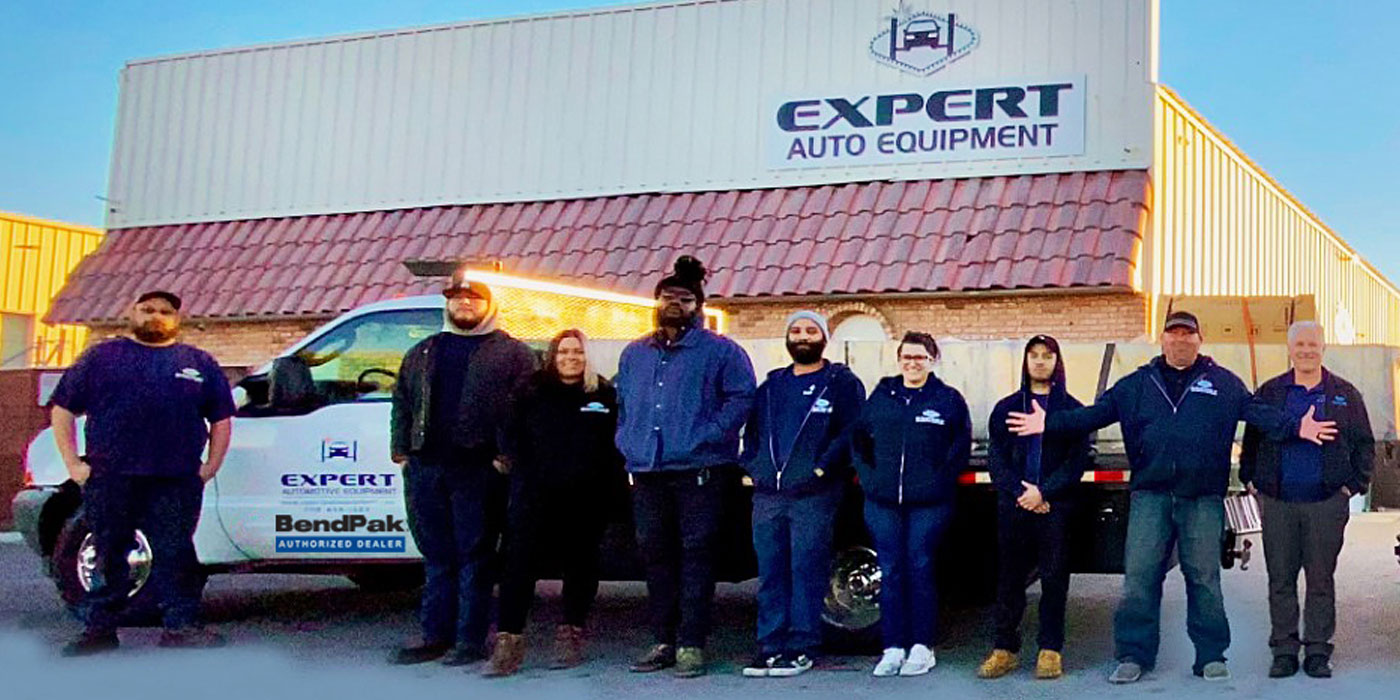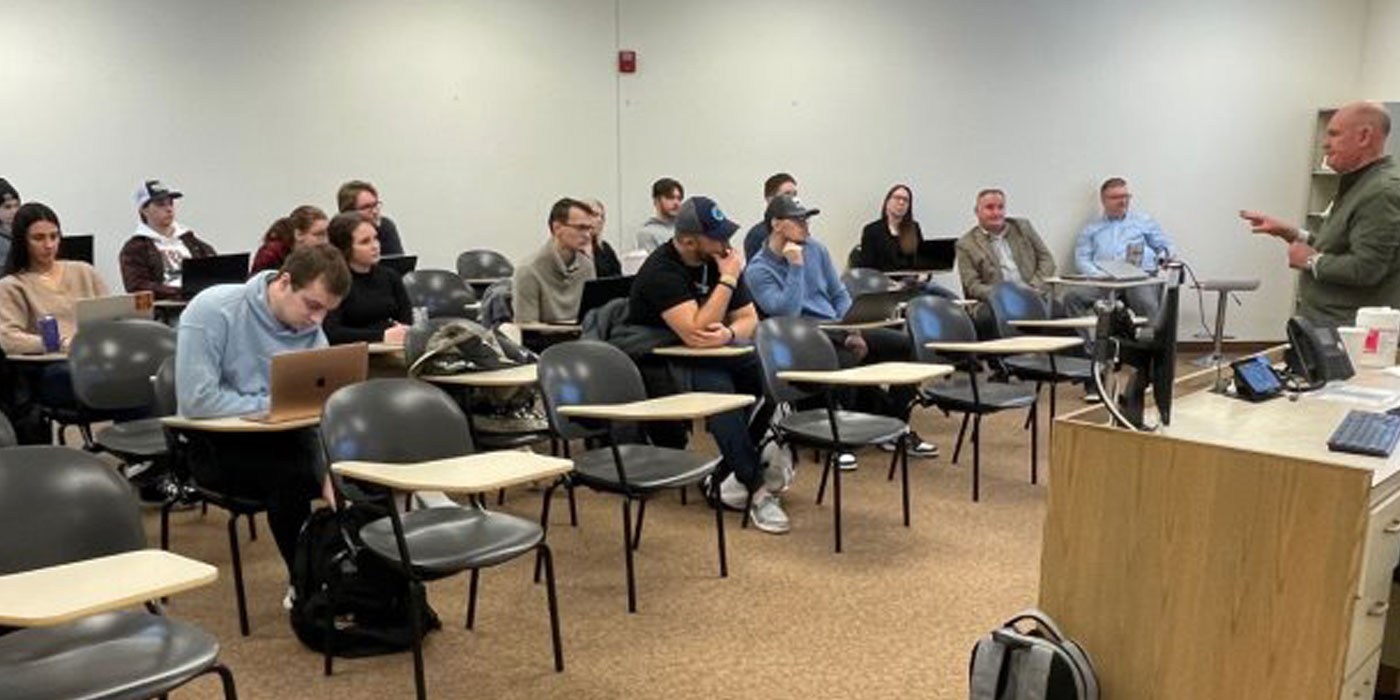Nearly 40 years ago, I decided to start my own shop. Having just left a job teaching auto mechanics and having taken some business management and business law courses at our local community college a few years earlier, I felt I had a unique advantage in operating an automotive repair shop. I rented a small space and got a free curb sign from my local jobber that listed all of the services I was currently offering. It was one of those wind-resistant signs with the business name on top and with replaceable metal flaps listing the advertised services.
My new sign told passers-by that I did tune-ups, brakes, mufflers, wheel alignments and oil changes. I was proud of that sign until I began to notice that other shops around town had the same type of sign in front listing nearly the same services. I spent the first few months reading a lot of books and waiting for the phone to ring. Only then did I begin to understand the importance of putting together a business model to go with my business plan.
UNIQUE ABILITIES
Obviously, my new sign wasn’t attracting anyone except curiosity seekers and price shoppers. So, I did some market research by driving around town and reading other sidewalk signs. I discovered that only one other shop in our small town offered an alignment service and nobody offered automatic transmission repair services. Before coming to town, I had been in wheel alignment for many years and had taught automatic transmissions at the local community college in a neighboring community. So I had something unique to sell, after all. Nowadays, services like these are called “unique services” or “selling points.”
I directed my advertising accordingly and, due to the uniqueness of my services, was able to get referrals from other shops. In addition, because I had taught diesel maintenance, I began to gather some small fleet accounts along with servicing the local police department and several summer recreational camps in the area. So I went from reading books to operating a unique business model that served me well in the beginning years of my new business experiment.
THE UNIQUE BUSINESS MODEL
Fortunately, I had a jobber who was a former product representative who had the connections to wholesale suppliers that could fill my specialized needs. Because the sidewalk sign blowing in the breeze didn’t accurately describe this change in my business model, I eventually discarded it. Due to the demands of my fleet accounts, I quit advertising to the general public. Word-of-mouth was sufficient to keep my schedule filled a month in advance and that was what I needed to get my start.
Because my jobber connected me with a wholesale automatic transmission parts supplier who cataloged and kept all of the odd dealer-only or discontinued used parts in stock, I gave that jobber all of my other parts business. That arrangement worked well for both of us at that point in time.
THE CRITICAL POINT
As the saying goes, the only thing that doesn’t change is change itself. Markets and people are continually changing. In the example above, I had to change my business model from that of a general repair shop to that of a service specialty shop. About 50 percent of my work flow was wheel alignments and automatic transmissions. The other 50 percent was small fleet services.
The point here is that, at a critical time in my business, I had support from my local jobber. If it wasn’t for his ability to supply me with a wide variety of unusual replacement parts, I wouldn’t be here now. In my case, the key to making money was finding a niche market in which I wouldn’t be directly competing with other shops.
MODERN BUSINESS MODELS
If you still believe in the “generic” auto repair shop, you probably don’t understand the modern automotive service market. Most modern independent shops begin with a business model that capitalizes on the owner’s unique interests and abilities and exploits a market niche that will provide the cash flow needed to keep the business profitable and happy.
Demographics, which are the statistical study of specific human populations, are extremely important in establishing a business model. Demographic data normally include information like average and median family incomes, area populations, vehicle populations, shop populations and other information pertinent to starting a new shop.
When analyzing statistical data, it’s important to differentiate between terms like “mean” and “median.” Mean family incomes differ because they are the sum of all family incomes divided by the number of families. The median income, on the other hand, is simply the middle number or the average of two numbers found between the highest and lowest family incomes.
Because small towns have different needs and expectations, they obviously require a different business model than do large cities. Both local populations must have sufficient disposable income to support the new business and both must have a need for the services provided. A wealthier community might tend to drive newer vehicles and therefore need fewer repair services. A poorer community might drive older vehicles that require more repair services. But the disposable incomes of poorer communities are often less and, despite the need, may offer less of a market. And wealthier communities might support niche services in recreational, hobby and commercial vehicles.
In general, most independent auto repair shops fall into the service specialty and nameplate specialty categories. Service specialty shops might include categories like undercar alignment and brake service, radiator and air conditioning service, engine rebuild, transmission rebuild, engine and electrical diagnostic, custom vehicle and quick-lube shops. The nameplate specialty shop would obviously restrict its services to a specific nameplate or auto manufacturer.
As you can see, all of these shops have very unique and very specific parts and service needs. The undercar shop needs a deep inventory of brake, suspension and alignment parts. The radiator and air conditioning shop needs parts less popular parts like A/C compressors, lubricants, hoses, and other items, but on an as-demanded basis.
While engine rebuild, diagnostic, custom and quick-lube generally source parts from warehouse or franchise suppliers, they do require minor parts, tooling and shop supplies. Similarly, vehicle nameplate specialty shops that source original equipment parts also will need minor parts, tooling and shop supplies.
Skyrocketing tooling and information costs are reshaping the independent automotive service industry. In modern diagnostics, more independent shops are buying OE manufacturers’ diagnostic tooling and information systems that can cost an average of about $8,000 new per manufacturer. Due to the long learning curve associated with new technology, many shops are also finding it more cost-effective and profitable to concentrate their efforts on repairing fewer product lines.
In the end, any modern shop has to base its business model on specific profit centers like service or nameplate specialties. In addition, modern independent shops must achieve what I call “critical mass” in their operations. A 20-bay shop can offer general repairs more successfully than a two-bay shop simply because its tooling costs are more easily amortized.
If you’re doing outside sales, take a few minutes to chat with the shop owner or manager. Ask him what services he concentrates on selling to generate revenue in his business. Ask him what types of inventory he might consider stocking. It won’t take long to see what his or her business model might be and to understand how you might best serve that model. Doing so isn’t an option. Instead, it’s a vital necessity for achieving profitability in today’s highly competitive wholesale market.
Gary Goms is a former educator and shop owner who remains active in the aftermarket service industry. Gary is an ASE-certified Master Automobile Technician (CMAT) and has earned the L1 advanced engine performance certification. He is also a graduate of Colorado State University and belongs to the Automotive Service Association (ASA) and the Society of Automotive Engineers (SAE).










